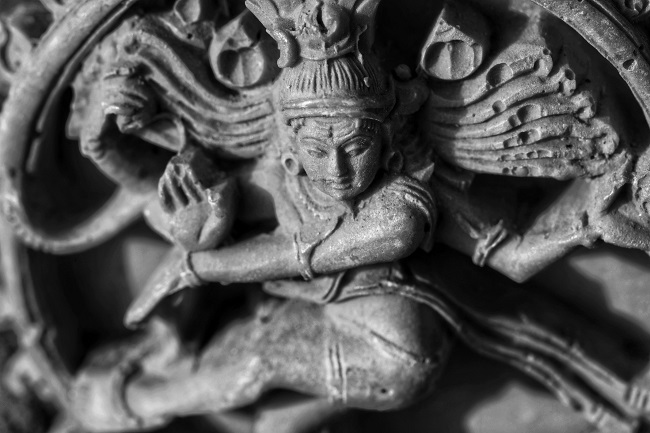Jan 13, 2026
Jan 13, 2026
by Renu Dhotre

In the tapestry of creation, the concepts of order and disorder intertwine in a dance as old as time itself. Ancient philosophies, quantum theories, and mythological narratives converge to illuminate the profound connection between chaos and harmony. At the crossroads of these ideas lies the dance of Shiva, a divine representation of cosmic forces in Hindu mythology. This article embarks on a journey that bridges the philosophy of disorder, the observer's paradox, and the mesmerizing dance of Shiva, revealing the mystical underpinnings that bind them together.
Order from the Understanding of Disorder
The profound wisdom that order emerges from the understanding of disorder echoes through ages. Like a sculptor chiseling beauty from raw stone, embracing disorder's complexity often unveils hidden patterns. Embracing the chaos leads to insights that might otherwise remain concealed, ushering us closer to genuine order. This principle finds resonance in Hindu philosophy's cyclical view of creation, preservation, and dissolution—themes reflected in Shiva's cosmic dance.
Shiva's Dance: The Tandava of Creation
Shiva, the deity of destruction and transformation, performs the Tandava dance—a rhythmic spectacle that symbolizes the cosmic cycles of creation, destruction, and renewal. The Tandava encapsulates the perpetual cycle of life and death, chaos and order, echoing the rhythm of existence itself. In this dance, Shiva's wild, untamed movements epitomize the chaos from which order springs, mirroring the intricate interplay between the two.
The Observer's Paradox: Gaze Turned Inward
Quantum physics offers another layer of insight through the observer's paradox. Just as Shiva's dance blurs the boundaries between creation and destruction, the observer's gaze turns inward, revealing a curious paradox. Quantum particles behave differently when observed, yet in the world of quantum physics, the observer is also observed. This duality speaks to the intimate relationship between the observer and the observed, suggesting that the very act of observation influences the observed reality.
Observer as the Catalyst for Disorder
Within the realm of this interconnectedness, the observer can play a role as both creator and disruptor. By attributing personal biases, judgments, and beliefs to what is observed, the observer introduces subjective elements that contribute to disorder. This aligns with Shiva's paradoxical nature, as he both creates and destroys, embodies order and chaos simultaneously. Just as Shiva's dance weaves creation and destruction together, the observer's perceptions weave order and disorder into a complex tapestry.
Alchemy of Understanding: Finding Balance
Harmony emerges when the observer gains a holistic understanding of the interplay between order and disorder, drawing inspiration from both philosophical introspection and quantum revelations. This echoes the essence of Shiva's dance, where the balance of opposing forces sustains cosmic harmony. Embracing the paradoxes inherent in existence, the observer transforms into a catalyst for conscious evolution, steering the trajectory from disorder to order.
The threads of this narrative, woven from diverse disciplines, converge to reveal a tapestry that celebrates the unity of opposites. Shiva's dance encapsulates the eternal dance between creation and destruction, while the observer's gaze holds the mirror to the intricate interplay of order and disorder. Bridging ancient wisdom and modern insights, we realize that the journey from disorder to order is not a linear path but a dance of introspection, revelation, and evolution. Just as Shiva's dance perpetuates the cosmic cycle, the observer's quest for understanding perpetuates the cycle of enlightenment and harmony in the grand choreography of existence.
Image (c) istock.com
26-Aug-2023
More by : Renu Dhotre